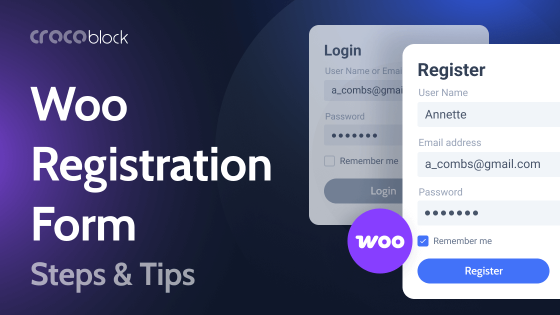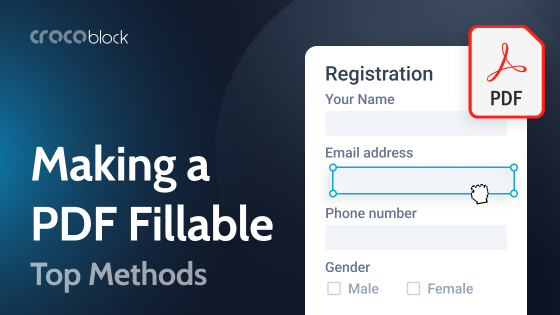Web development refers to a wide scope of actions required to create and maintain websites. Web developers should understand HTTP, CSS, and JavaScript for the front end and PHP and Node.js for the backend. Their duties include writing codes, designing and testing website apps, troubleshooting issues, and more.
For someone looking to start a career in web development, it can be overwhelming to decide which steps to take first. One way to embark on this journey is to become a self-taught specialist, and reading good old books is an essential part of this process.
I prepared a list of ten books covering various aspects of web development operations. Some of them are an excellent foundation introduction to web development, while others may help professional programmers to refresh their knowledge and improve their skills. All the books on the list have relevant information and many positive reviews.
HTML and CSS by Jon Duckett
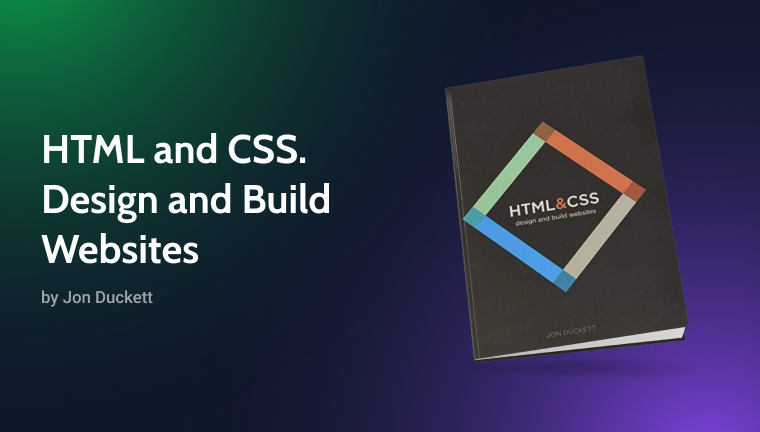
This book demonstrates a simple way to read and write HTML and CSS. Its author, Jon Duckett, claims the book intends to help those who want to design and build websites from scratch, as well as the owners of websites who want to have control over the appearance of their web page.
The main things that set this book apart from other titles on the same subject are its design and structure. The full-colored pages are packed with diagrams and illustrations, making coding easier to understand. Each element, value, or attribute starts on a new page, so it’s easy to find the necessary topic whenever you have a problem in your code.
📚 Who should read this?
Because the book successfully simplifies complex topics, it is a valuable tool for web design instructors.
Don’t Make Me Think – Revisited by Steve Krug
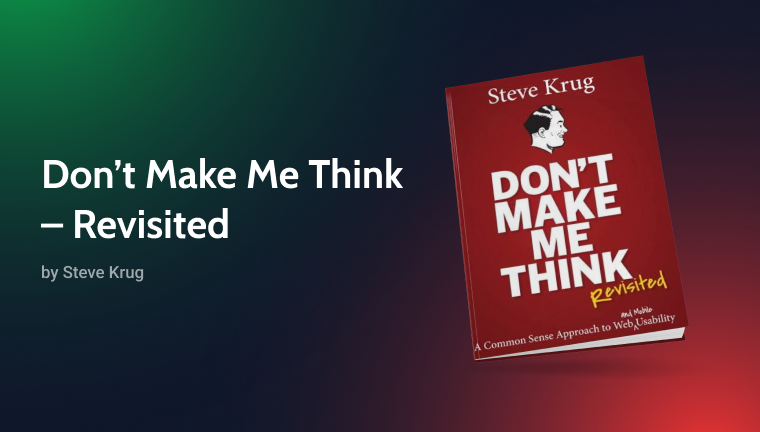
If you’ve never read this book – read it to find out why so many people said it should be required reading for all web developers. If you’ve read the original edition from 2000, it’s still worth getting the latest edition. Steve Krug revised the principles of intuitive navigation and information design and added a new chapter on Mobile Usability.
Let’s make it clear, Don’t Make Me Think doesn’t teach readers web design but explains the core principles of UX that every web designer should keep in mind. It’s a fun reading material with snappy writing and precious insights on every page. Remember, some of the examples used in the book may be outdated, but the psychology behind them is timeless.
📚 Who should read this?
Beginners and professionals. Anyone interested in how the websites should look and function.
You Don’t Know JS. Up & Going by Kyle Simpson
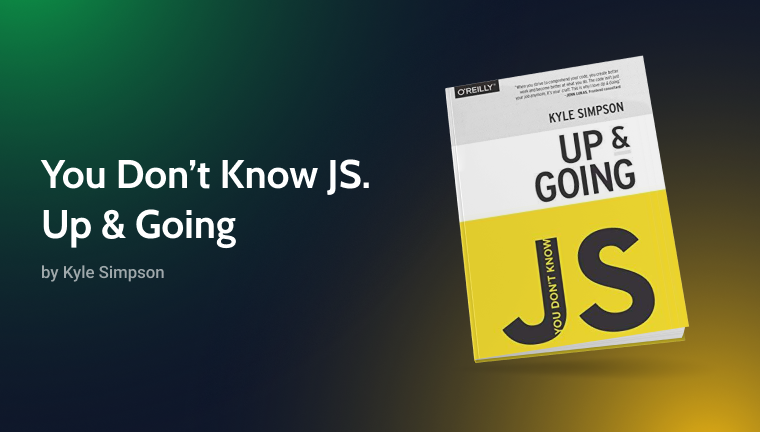
JavaScript’s omnipresence on the web doesn’t make it easier to be understood. Luckily, Kyle Simpson takes it apart and explains every little detail of JavaScript in a series of six books. The first one in the series, Up & Going, introduces this mysterious language to the inexperienced and presents its key features, such as types, functions, this, closures, and prototypes.
📚 Who should read this?
Up & Going is an introduction to JavaScript and an intro to the whole series YDNJS. It aims at readers with limited programming experience.
PHP & MySQL by Jon Duckett
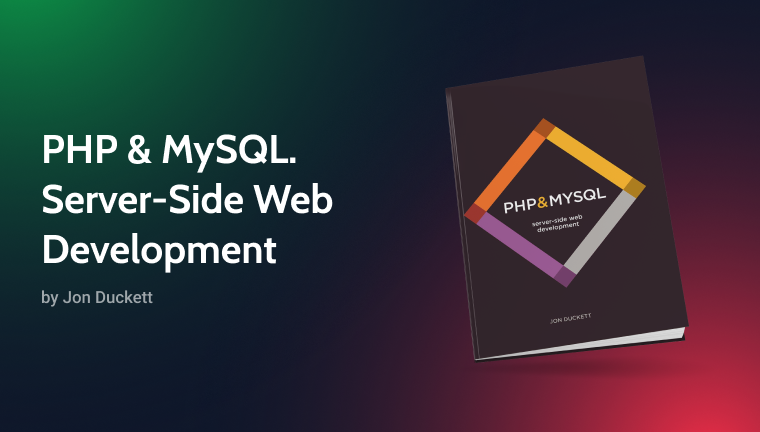
This book, written by best-selling author Jon Duckett, is entirely dedicated to PHP – a scripting language geared towards web development and MySQL data management system. After introducing PHP language basics, the users learn how to set up and work with MySQL database and use PHP to interact with the database.
For almost 700 pages, Jon Duckett’s PHP book covers the subject with more detail and simplicity than other best-selling books on Amazon. Using many coding examples and infographics, the author prepares readers to build applications from scratch and to approach real-world projects such as creating a content management system.
📚 Who should read this?
PHP beginners and specialists who want to improve their programming skills.
The Road to React by Robin Wieruch
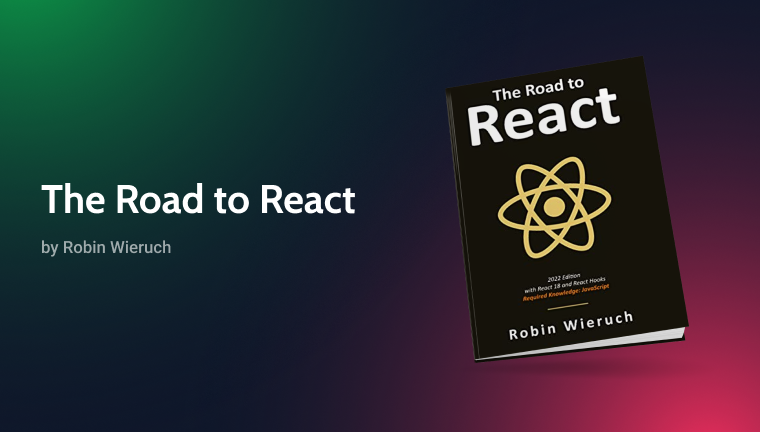
The book teaches React while readers write applications. So, it is not just a reference book but a comprehensive guide to learning how to build user interfaces. The book covers state management in React, caching, and interactions, among other topics.
Every chapter of the book introduces a new aspect of React, so it’s essential to learn all the previous material thoroughly before switching to the next one. Don’t rush through the book, do the exercises, and read the extra material the author advised to build a working React application.
📚 Who should read this?
Web developers considering the transition to this popular tool.
JavaScript: The Definitive Guide – 7th Edition by David Flanagan

This book is a comprehensive and systematic guide to every JavaScript detail and JavaScript API implemented by web browsers. It has been a best-seller for eight years, and the latest edition covers JS 2020 release with many new chapters.
This fundamental 800-page long work is favored by many as the best reference to turn to when you have a question about JS, and it features a definitive glossary in the end.
📚 Who should read this?
Readers with some web development knowledge who want to learn JavaScript and those who already use JS and want to improve language proficiency.
Learning Web Design by Jennifer Niederst Robbins
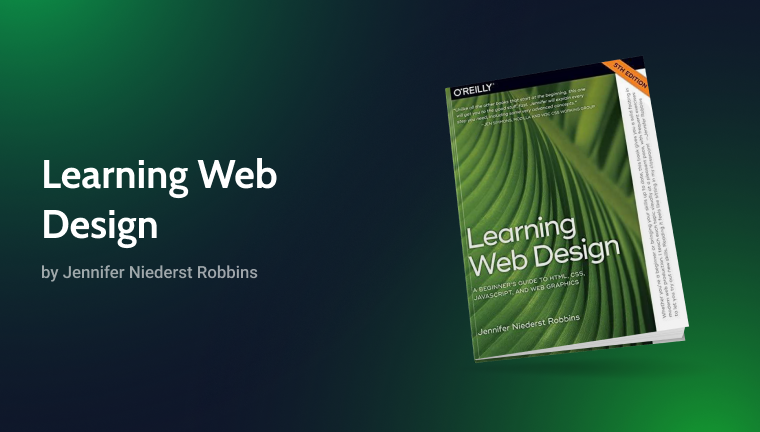
A Beginner’s Guide is a perfect place to start if you are determined to learn about web design. The author presents eye-opening explanations for web and web design basics like HTML, CSS, and JavaScript, as well as some concepts of semantic markup (SEO, accessibility, etc.). Every section of the book contains short quizzes and exercises for readers to ensure they’ve learned the past material.
The book is written in a friendly and conversational tone, making it easy to read for a motley crowd. By the end of the book, attentive readers should be able to create simple responsive sites.
📚 Who should read this?
Beginners with zero programming experience and programmers who need a broader understanding of web technology.
Basics of Web Design: HTML5 & CSS by Terry Felke-Morris
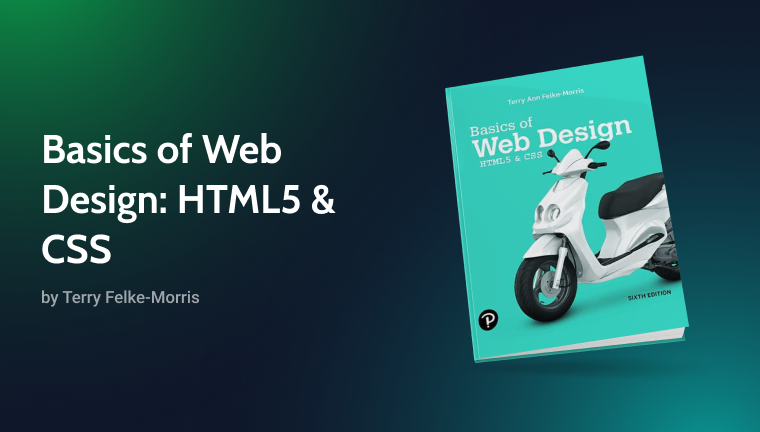
This popular book is an introduction to web design and development. It emphasizes a strong bond between “hard” skills, such as HTML5 and CSS, and “soft” skills like web design and accessibility. The author provides many hands-on exercises with clear, easy-to-follow instructions and numerous case studies to showcase how readers can apply their new skills.
📚 Who should read this?
Development newbies and students who want to get into web design.
Beginning Node.js, Express & MongoDB Development by Greg Lim
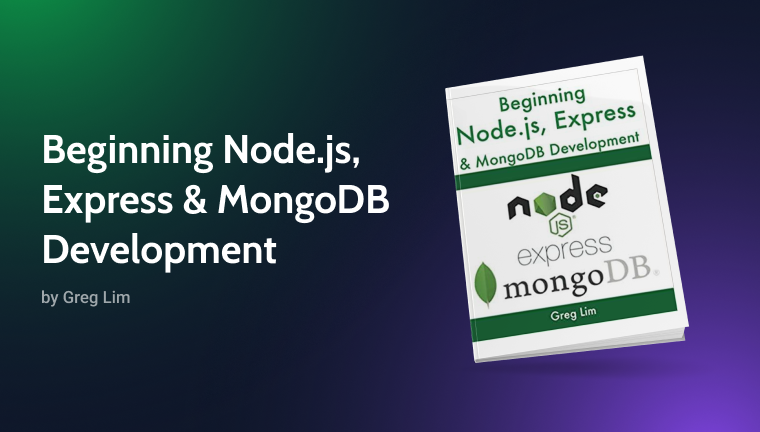
This book teaches about one of the most popular server-side frameworks – Node.js. With Node.js, Express, MongoDB, and step-by-step instructions, the readers can progress from JavaScript beginners to a level where they can build apps from scratch.
📚 Who should read this?
Beginning Node.js is for users who already have knowledge of JavaScript basics and syntax and want to learn Node programming.
PHP 8 Objects, Patterns, and Practice by Matt Zandstra
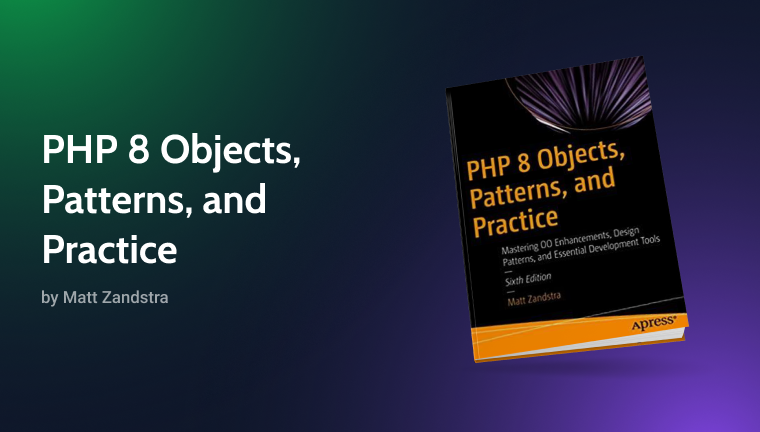
The latest edition of Matt Zandstra’s best-selling book has been fully updated for PHP 8, covering such topics as the constructor, property promotion, new argument, typed properties, void return types, and return pseudotypes. The author emphasizes the importance of object fundamentals, design principles, and best practices for building comprehensive systems using PHP.
📚 Who should read this?
This fundamental title provides users with much more than PHP basics and reveals development practices done by professional programmers. Readers should acquire some PHP programming experience before tackling this book, and people with many years of PHP development will still find a lot to learn from it.
FAQ
Web developers must know HTTP, CSS, and JS for the front end and PHP and Node.js for the backend.
It is almost universally accepted that a good web developer must be capable of writing working codes.
All web developers are categorized into three types: front-end, back-end, and full-stack (working with both sides of websites) developers.
Sum Up
One of the most critical characteristics that good web developers must possess is the ability to continuously improve their knowledge and sharpen their skills throughout their careers. That is no surprise, considering how fast web production is evolving. Reading the publications of reputable authors, like the ones presented in the list above, is a way to step up one’s game.
Although books are a preferred approach to learning web development by some beginners, others may benefit from learning methods like online tutorials, seminars, video lessons, and full-time/online programming courses.

